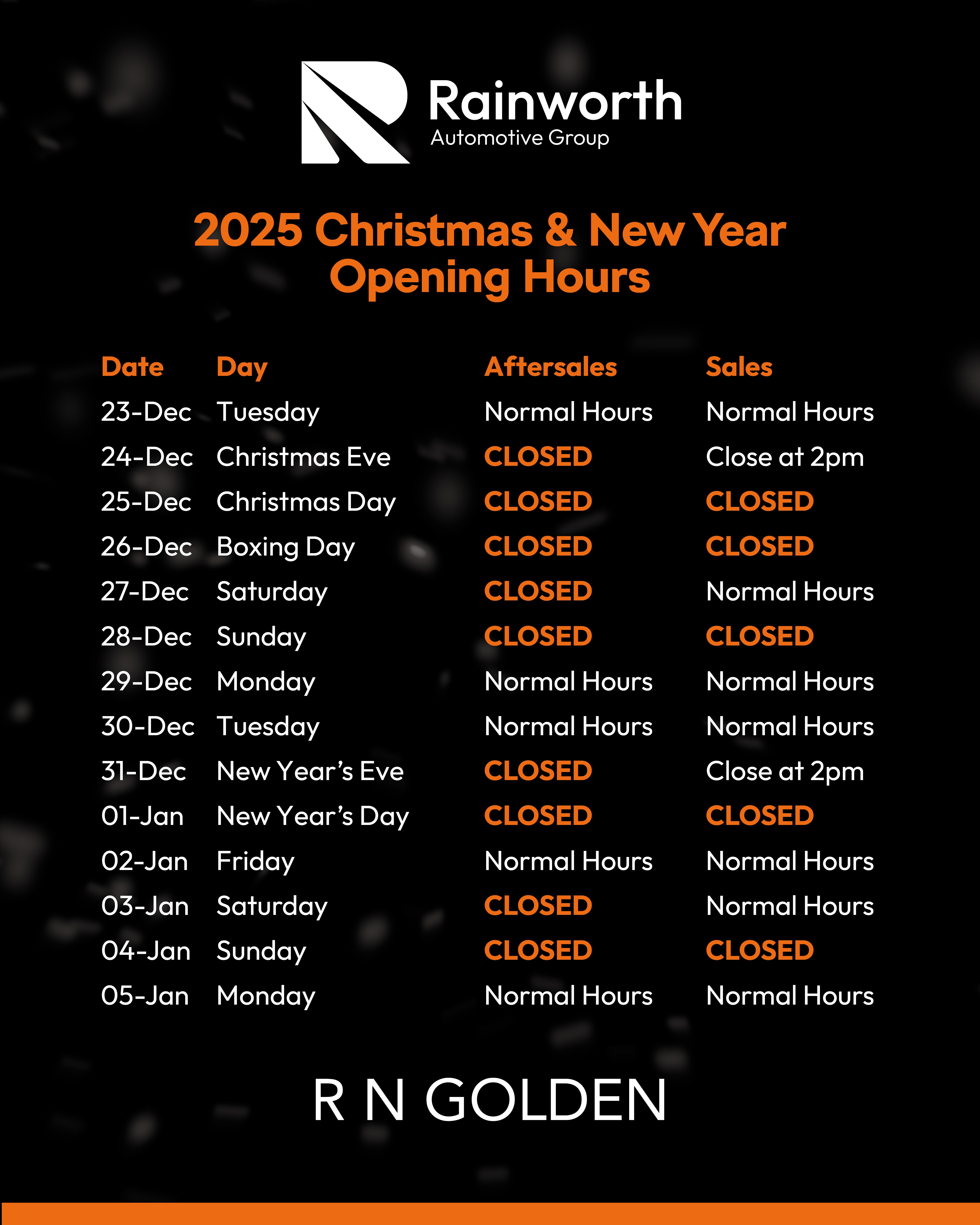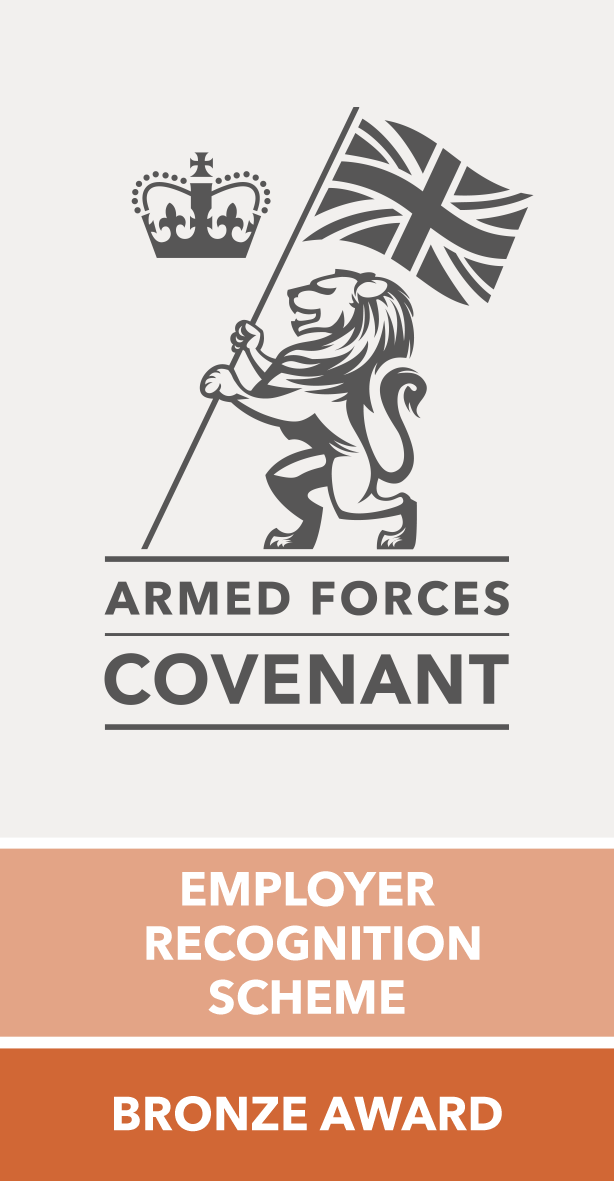The Safest Roads in Halifax and Which Ones to Avoid at Rush Hour
Are you planning routes in Halifax and want to avoid stressful commutes and accident-prone roads? You're not alone. With Halifax’s growing traffic and recent safety initiatives, knowing the safest streets, and which routes to steer clear of during busy hours, can make a real difference.
This detailed guide taps into top search queries like “safest roads in Halifax UK,” “roads to avoid in Halifax at rush hour,” and “Halifax traffic congestion areas” to deliver a data-driven, link-worthy resource for local drivers and anyone passing through the heart of West Yorkshire.
Contents
-
Safest Roads in Halifax: What the Data Shows
-
Halifax’s Most Notorious Congestion and Collision Hotspots
-
Which Roads to Avoid at Rush Hour—and Why
-
Pro Tips for Safer, Smoother Commutes
-
Halifax Road Safety: Stats that Matter
-
FAQs
Safest Roads in Halifax: What the Data Shows
Halifax’s local authorities have undertaken major improvements to boost pedestrian and driver safety, particularly in areas with high footfall, schools, and residential zones. As a result, streets in North and West Halifax with improved footways, better lighting, and newly introduced one-way systems are emerging as some of the safest spots to travel.
Top Safest Roads Include:
-
Streets with new one-way traffic flows: Recent changes to Gibbet Street and Hanson Lane (now partially one-way) have led to a clear drop in collisions and a safer highway environment for both motorists and pedestrians.
-
Skircoat Moor Road & Warley Road: Regularly patrolled and part of active West Yorkshire Police safety operations, these thoroughfares have lower incident rates and see ongoing traffic calming and speed enforcement.
-
Improved North Halifax Zones: Traffic-calmed residential streets and enhanced pedestrian crossings between North Halifax and the town centre are making daily travel less risky for everyone.
-
Key school zones: Free School Lane and nearby sub-20mph areas are safer due to dedicated local safety patrols.
Why are these roads considered safer?
Local council schemes, traffic speed reduction, streetscape improvements, and focused law enforcement combine to keep incidents below average here.
Halifax’s Most Notorious Congestion and Collision Hotspots
Despite ongoing improvements, certain roads in Halifax remain high-risk—especially during the morning or evening rush hour.
Roads and Intersections to Watch Out For:
-
A629 (Elland–Halifax–Skipton route): Regular congestion and accident delays, especially approaching Salterhebble and Elland at peak times.
-
A58 (Rochdale Road and Burdock Way): One of the busiest arterial roads, with notorious junctions that back up quickly at rush hour.
-
Queen’s Road (between Pellon Lane and King Cross): Known for speeding and inconsiderate parking; local surveys list this as a top concern for both danger and congestion.
-
Gibbet Street, Hanson Lane, and Parkinson Lane: Historically high accident rates prompted one-way and parking changes to reduce conflict. However, these areas still demand extra caution as drivers adjust to new layouts.
-
Beech Hill Estate & Pellon Area: Higher relative accident rates and anti-social driving reported in local feedback.
-
Mixenden and King Cross areas: Locals point to Mixenden, King Cross, Queens Road, Wheatley, and Pellon as less desirable driving zones, especially for those unfamiliar with traffic patterns.
Which Roads to Avoid at Rush Hour—And Why
Based on searches like “roads to avoid in Halifax at rush hour” and local advice, here are the top streets and reasons:
| Road or Junction | Why Avoid at Rush Hour? |
|---|---|
| A629 & A58 | Repeated congestion, frequent minor collisions |
| Queen’s Road & Pellon Lane | Heavy traffic, on-street parking conflicts |
| Gibbet Street, Hanson Lane | Ongoing construction, adapting to new layouts |
| Beech Hill Estate | Reported dangerous driving, congestion |
| Salterhebble Hill & Surroundings | Known bottleneck, long tailbacks |
| Elland Approach | Queueing and delays, especially school run hours |
A special note for downtown Halifax: Parkinson Lane, Mixenden, and areas near King Cross/Jubilee have seen above-average incidents, so avoidance or added caution is wise during peak periods.
Pro Tips for Safer, Smoother Commutes
1. Time Your Journey: Traffic is worst on the A58 and A629 between 8–9:30AM and 4–6PM. Leave earlier or later when possible.
2. Try Alternative Routes: Use improved side streets in North Halifax or tested one-way systems to bypass busy junctions. Apps like AA Route Planner or Google Maps live data can help, but sometimes locals know best.
3. Cycle or Walk Where Possible: Halifax council projects have enhanced cycling and walking links; consider them for safer commutes in and out of the town centre.
4. Watch for Speed Cameras & School Zones: Expect reduced speed limits near schools and on roads with recent safety upgrades (e.g., Free School Lane).
5. Don’t Get Boxed In: At notorious intersections (e.g., Burdock Way approaching A629), avoid stopping in box junctions and anticipate sudden braking.
Halifax Road Safety: Numbers to Know
-
2024 Totals: 6,039 traffic incidents, with 804 causing injury, and 10 fatalities.
-
2023 Fatal/Serious Events: Fatal and injury collision rate decreased slightly to 160.7 per 100,000—but injuries outpaced deaths, and most incidents involved cars, cyclists, and pedestrians.
-
Top Crash Locations: Over 50% of non-fatal injuries occur at intersections; the A629/A58 corridor sees the highest rates, according to recent dashboards.
-
Improvement Plans: Focus on intersection upgrades, video analytics, and “Vision Zero” targeting road deaths elimination by 2038.
Halifax Road Safety FAQs
Q: What are the safest roads in Halifax?
A: Streets with recent one-way systems (Gibbet Street, Hanson Lane), Skircoat Moor Road, Free School Lane, and improved North Halifax zones rank as safest due to low collision rates and safety upgrades.
Q: Which roads should I avoid in Halifax during rush hour?
A: A629, A58, Queen’s Road, Pellon Lane, and Salterhebble Hill are best avoided at peak times for their heavy congestion and higher accident rates.
Q: What time is rush hour in Halifax?
A: The morning rush starts from 8am to 9:30am, with evenings busy from 4pm to 6pm, especially on main thoroughfares like A629 and A58.
Q: How can I check real-time Halifax traffic?
A: Use live online resources such as the AA Route Planner or Google Maps for up-to-the-minute traffic news and congestion alerts.
Q: Are there any particularly dangerous intersections?
A: Yes—intersections along A629 and A58, plus Queen’s Road junctions and the Mixenden area, top local incident charts.
Why Local Drivers Should Care
This article brings together search-driven hot topics (road safety, congestion, rush hour routes) with up-to-date stats and clear travel tips for Halifax. By providing actionable insights, based on both official data and real user queries, it’s the go-to guide worth sharing with friends, neighbourhood groups, and road safety forums.
If you’re impressed by the safer routes and planning your next commute around Halifax, why not upgrade your drive altogether? Check out our latest used cars for sale in the Halifax area — all ready for viewing and test-drives. Whether you’re after a compact runabout for navigating tighter streets or a more spacious family car for regular journeys along the A629 or A58, we have a wide selection to suit your needs.





